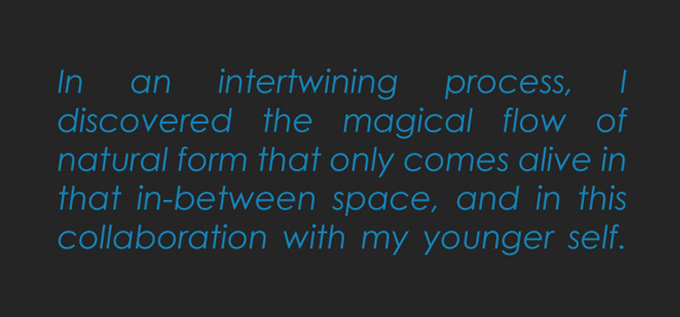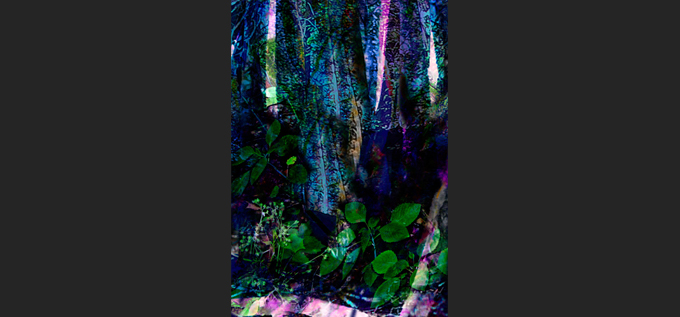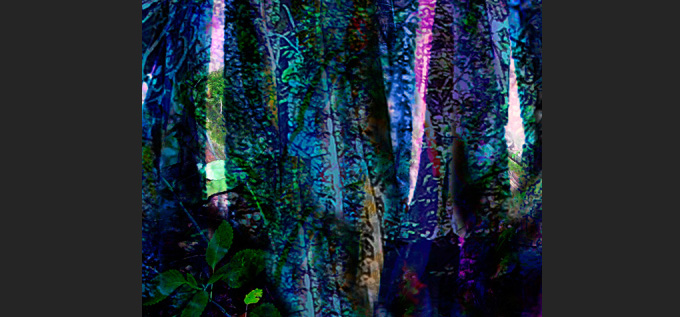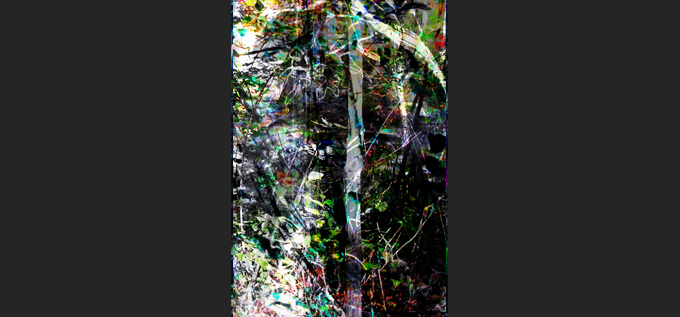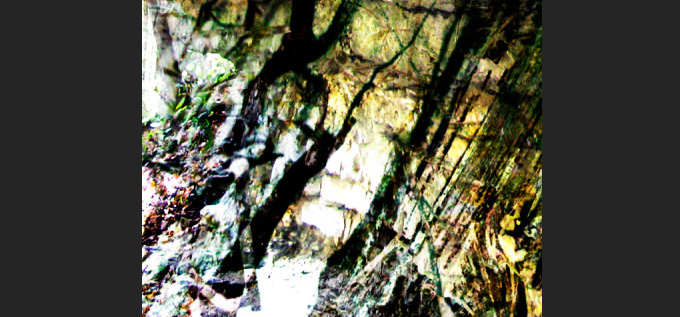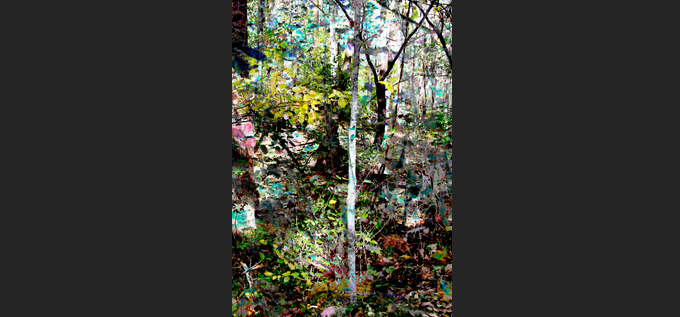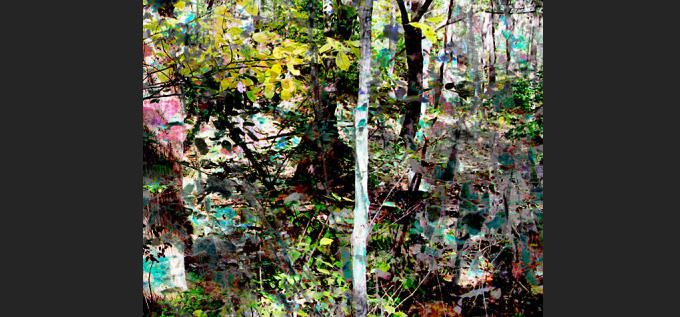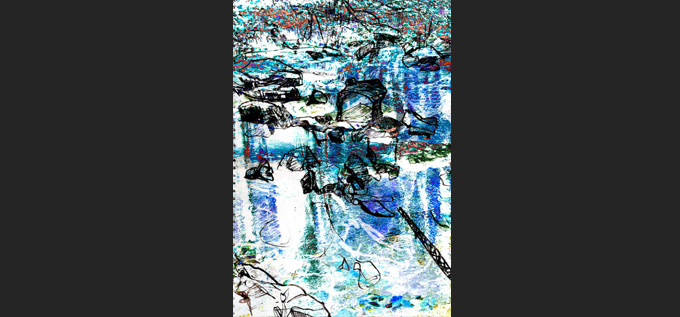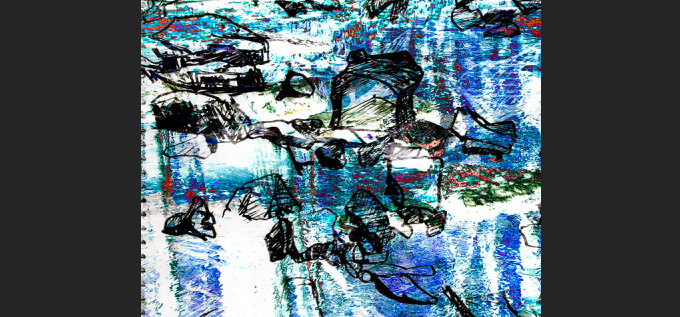Anna Ursyn
The seed for the Glen Helen series was planted in 1977, when I walked into the Pace Gallery in New York City and found Lee Krasner surrounded by a series of new works constructed from her drawings from her art student days. The force of her recycled work stayed with me, not just as powerful imagery, but also because of the questions it posed. Why do we save our student drawings? Are we able to collaborate with our younger selves?
The Glen Memories series grew from that encounter. What I did not know then is that the series that would be my (first) recycled series was my least successful group of early drawings from 1968, when I was studying “Natural History in the Glen.” The raw quality of the Glen drawings never reached the level of my other student work, and so I put the notebook away, frustrated that I had wasted my time by neither learning natural history nor successfully drawing from nature.
In the summer of 2007, I found that notebook of drawings, and knew that I could salvage that work by digitizing and recombining. Soon thereafter, I revisited Ohio for the first time in 30 years with a digital camera in hand. After photographing the sites of my original drawings, I subsequently fused these photos with the scanned, colorized pen and ink drawings.
Just as Krasner’s recycled figurative work emerged as abstract expressionist, my own recycled Glen Helen images represent wandering from analogue to digital, from student artist to mature artist, from black and white to color. As a body, the works speak to the aesthetic changes of our generation, and the conceptual and technical space between pen and ink, digital photography, and the layers of modern compositing. The melding of drawing and photograph reveal surprising similarities that were not evident in the uncooked original drawings, nor in the untouched digital photographs. In the intertwining process, I discovered the magical flow of natural form that only comes alive in that in-between space, and in this collaboration with my younger self.
BIOGRAPHY:
As an artist who was trained in the age of Abstract Expressionist painting, my use of representational imagery developed in lockstep with new technology. In the pre-scanning era, my early digital work focused on compositional structure, incorporating influences from a number of diverse cultures. As scanning and digital photography became available, the imagery gradually moved into representations and responses to specific sites of Cultural Heritage. This work was recognized with multiple grants from the Connecticut Commission on the Arts, the Memorial Foundation for Jewish Culture, the New England Foundation on the Arts, and artist residencies in France, Canada, Israel, and Scotland, with showings of the work in festivals, museums, and arts centers around the world, including numerous SIGGRAPH art shows. Currently, I am investigating the incorporation of microscopic plankton into my work, thinking about the hidden aspects of our environment. I am also continuing to animate the Glen series, bringing it to a collaboration with a musical composer. The merger of representation and abstraction, of the real and of the sensations of experience, remain an ongoing interest.
